When I was a child we would go to the Vancouver area once a year to visit my grand parents and other relatives. It was a big trip and took a full day of driving to reach our destination. Usually we would take at least one trip into the big city, we would go to the big stores which do not exist in a far away little town like we were growing up in. Another thing we often did was to visit Stanley Park for the day to visit the zoo and have a picnic. One thing we looked forward to was seeing the Monkey Puzzle Trees (Araucaria araucana) which were the most exotic and bizarre we had ever seen.
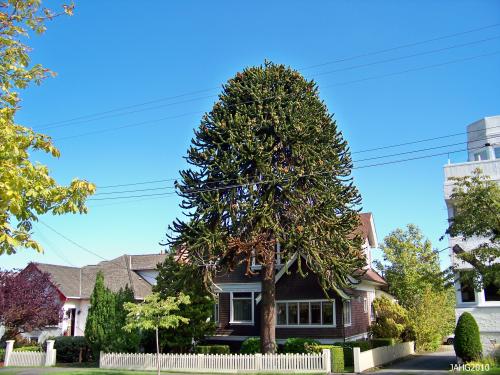
A large mature male Araucaria araucana or Monkey Puzzle tree found across from Beacon Hill Park in Victoria.
The Monkey Puzzle tree was a puzzle from the beginning. It is tree which is very ancient and fossil records of it date back over 200 million years. The trees at that time were found in a larger area from Brazil to the Antarctic but new research is suggesting the area might have been much larger and include parts of Europe and even England. Now they are found in a much smaller area of south-central Chile and west-central Argentina. It grows on the lower slopes of the Andes Mountains at around 1000 m. (3300 ft.) elevation. This is an area which can have heavy snowfall during its winter. The tree is now designated as the national tree of Chile and is protected as its unique forests are now threatened by logging and expansion of population into the area it grows.
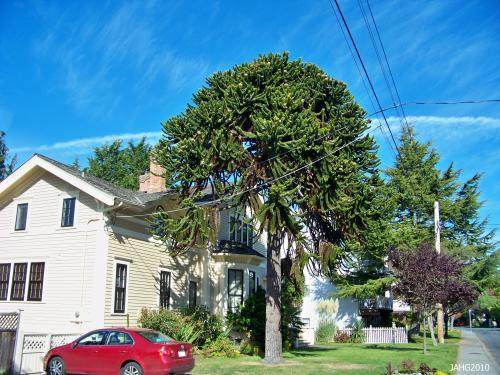
This Monkey Puzzle tree dates back at least to the early part of the 20th century in the most Victorian of city of Canada.
Araucaria araucana was first described by Chilean Jesuit priest Juan Ignacio Molina(1740-1829) in 1782 in his book ‘Saggio sulla Storia Naturale del Chili’ a book about the natural history of Chile and many of its species. He thought Araucaria araucana was a form of Pine (Pinus) as he was remembering the tree he had not seen since he was last in Chile in 1768. At the time he was writing his book he was a Professor of Natural Sciences in Bologna Italy.
Archibald Menzies collected the Araucaria araucana seeds from a dinner he was having in Valparaiso Chile to bring back to England in 1792. The seeds he collected germinated on the way back to England were planted when they arrived in Southern England which has the mildest climate of the country. William Lobb the plant collector was later ordered to collect more seed in the 1840s for Veitchs Nursery which he worked for. The new and wildly unusual tree became a hit with the Victorian public and the trees were much planted from the 1850s. It has gone into and out of fashion over time with another period of craze occurring during the 1920s and 30s.
The name Monkey Puzzle tree seems to come from the Victorian era around 1850 when one of the first trees was on display. Someone was reported to have said ‘it would puzzle a monkey how to climb it’. The name has stuck to it ever since. The sprialling over-lapping specialized leaf scales which cover the stems and young trunk are thick and somewhat fierce. I also like the french name for the tree ‘Monkey’s Despair’ or ‘Desespoir des Singes’.
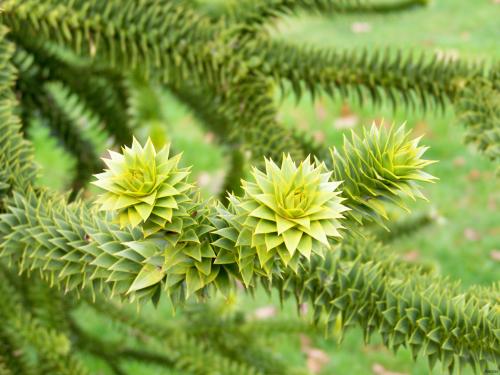
The thick over-lapping scale-like leaves protect the stems and help give the Monkey Puzzle tree its name.
The botanical latin name Araucaria araucana refers to the people who live where these trees grow. Mapuche(Araucanians) live in the Andres and the tree was an important source of food and the wood was valued for its long straight trunk. The trees have been protected since 1971 from harvest for wood. It was also sacred to some members of the people.
The Monkey Puzzle tree is much-loved by children because it looks so bizarre and un tree-like. If you want to grow one of the trees there are a few things to learn. They are slow-growing and will take some time to not look ungainly and sparse. Choose a small plant as they do not like to be moved and this will often cause their death therefore be sure of where you are going to place it. They like well-drained moist soil in a site which is naturally humid, an area close to the ocean or a large body of water would be great. They need full sun but tolerate some shade such as deciduous trees might give. They dislike pollution and are best situated where there is some wind to move the air along. They are fairly wind and snow tolerant and are rated at zone 8 or – 12 c.(10 f.) although they can take short periods of colder temperatures.
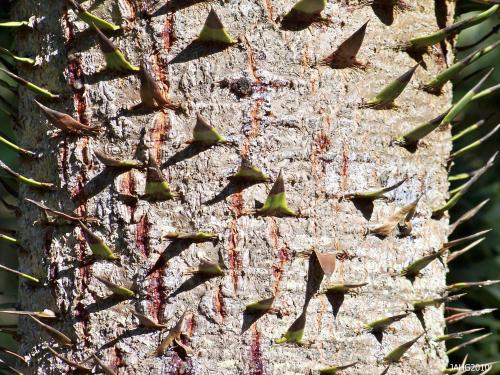
The bark of Araucaria araucana will over time lose the scale-like leaves and develop shallow horizontal ridges.
To help you un-puzzling this tree:
The naming of the tree: http://www.suite101.com/content/the-amazing-monkey-puzzle-tree-a230510
Check this short book, it’s all about the Monkey Puzzle tree:
How to grow the trees from seed or cuttings: http://www.victorialodging.com/monkey-tree/tips
…….Hope you return for more exciting adventures in plants soon…..
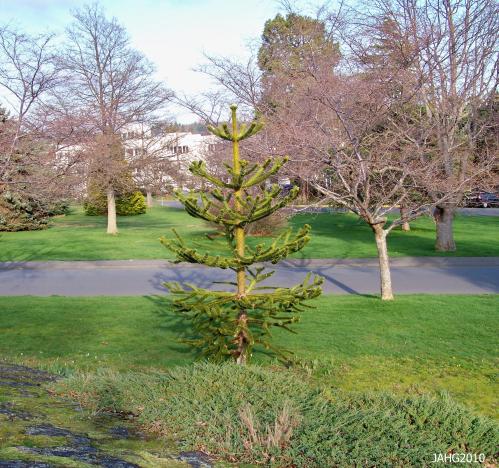
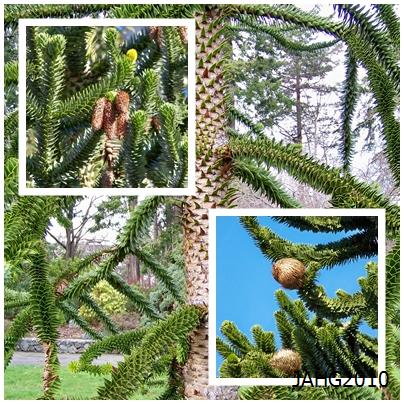
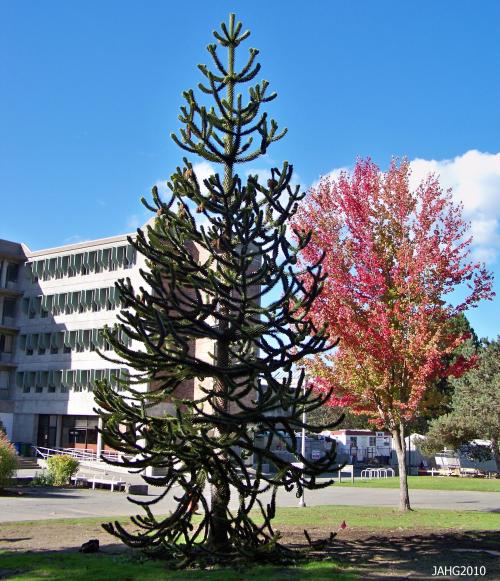
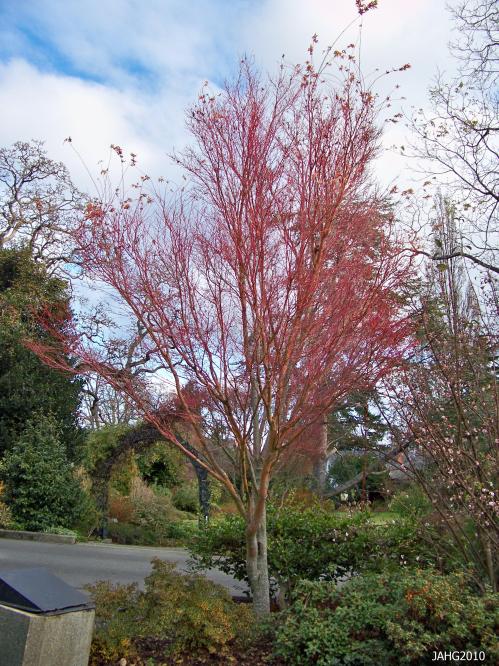
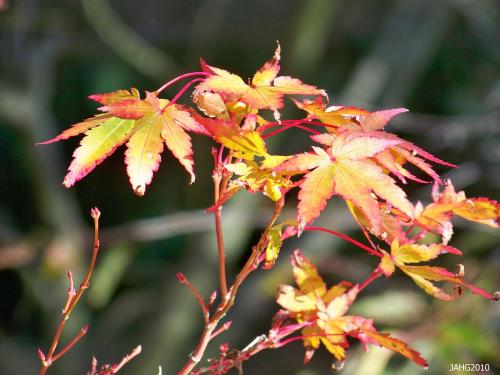
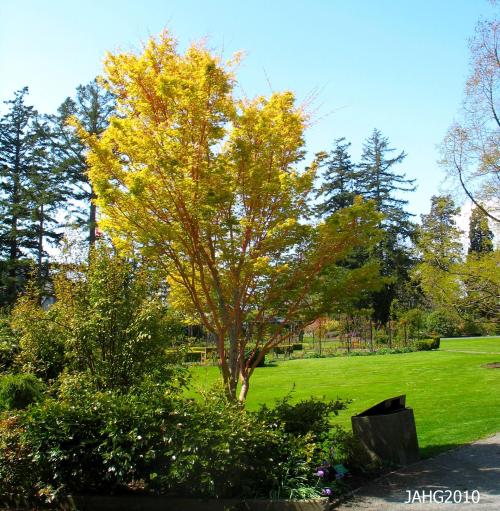
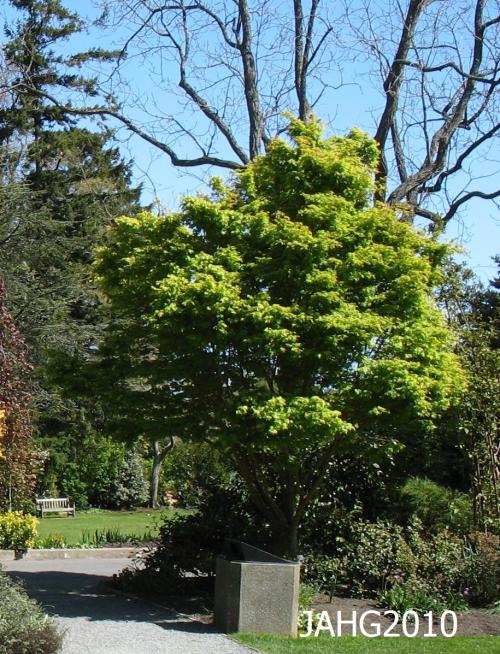
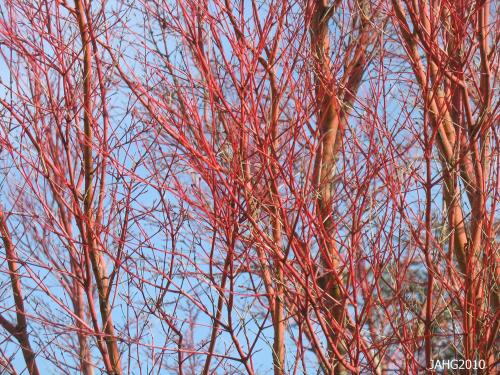
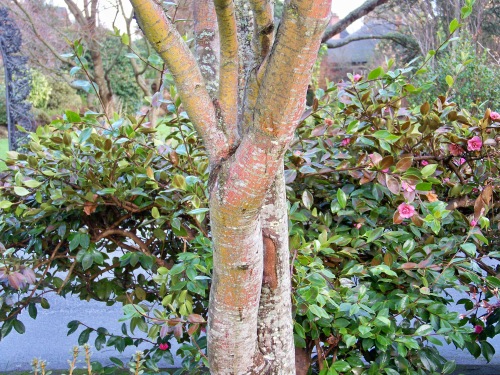
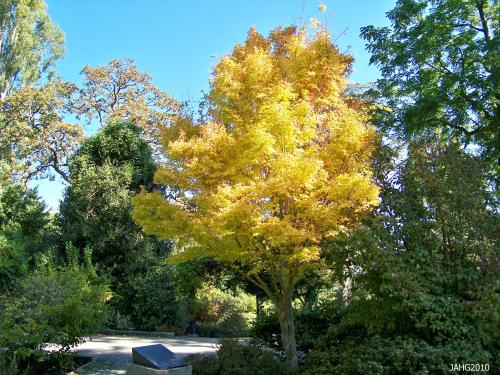
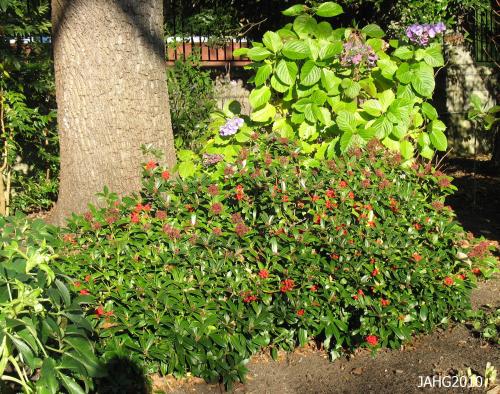
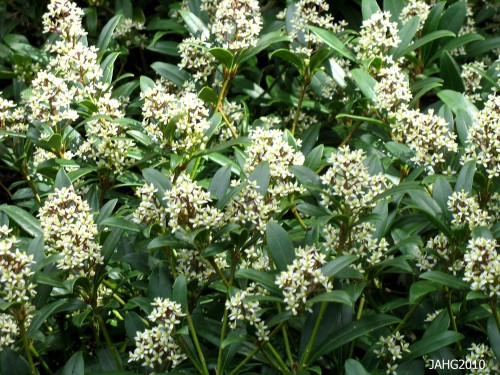

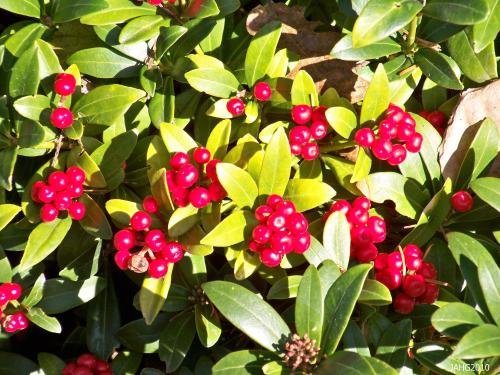
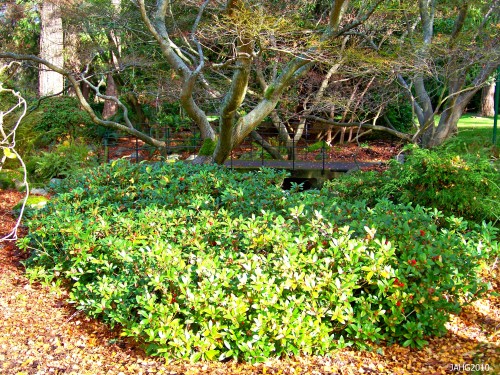
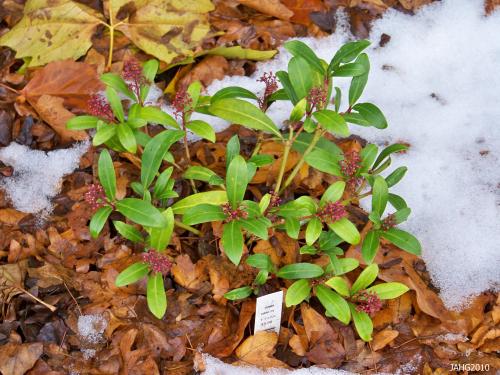
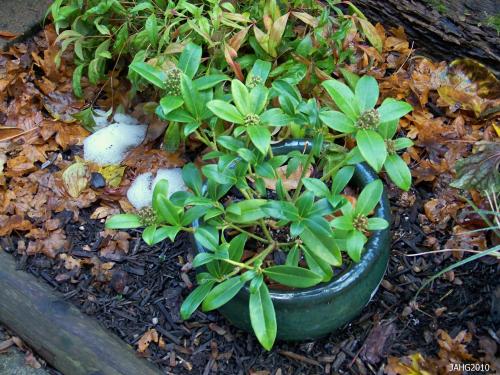
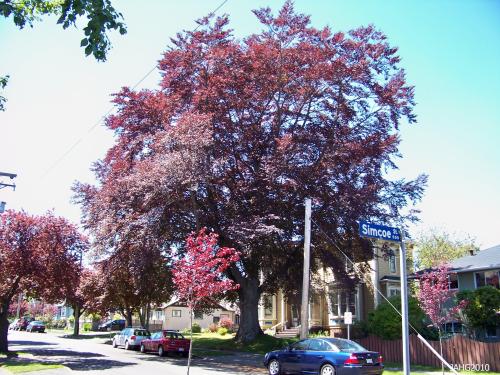
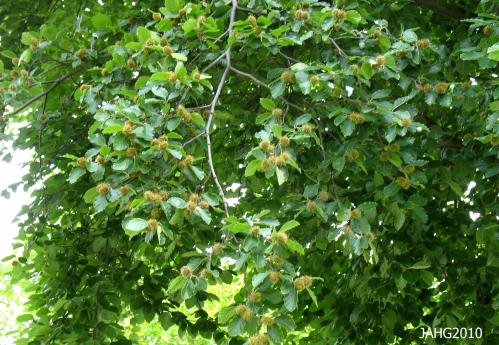
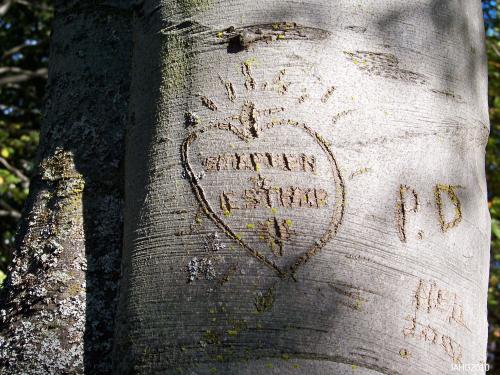
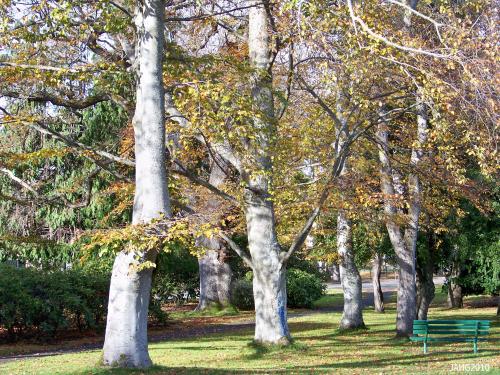
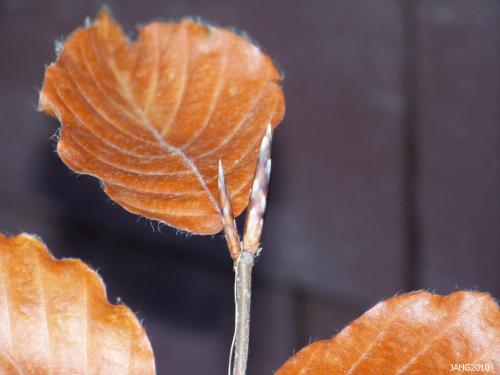
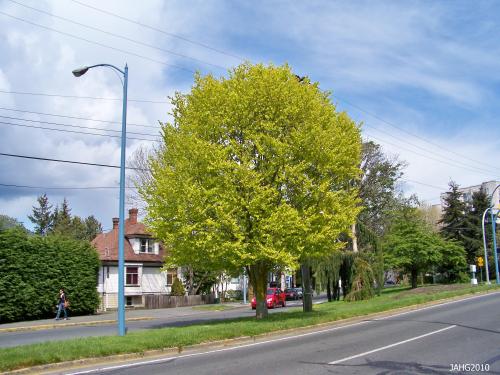
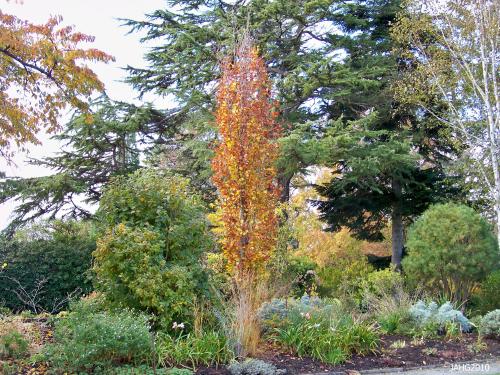
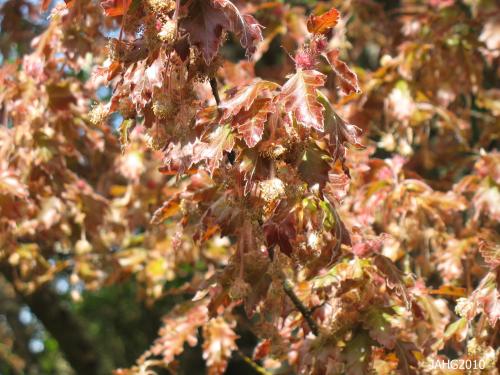
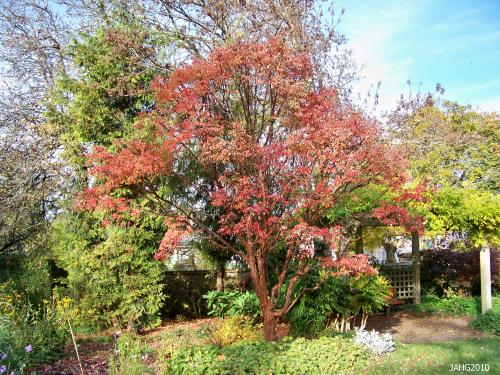
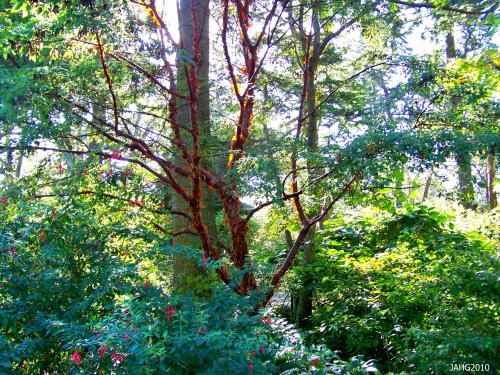
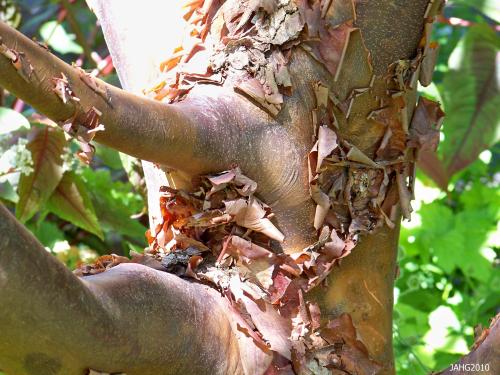
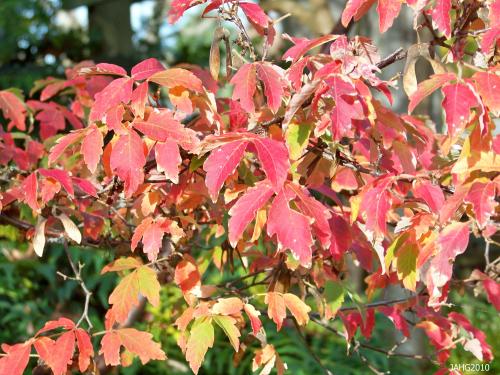
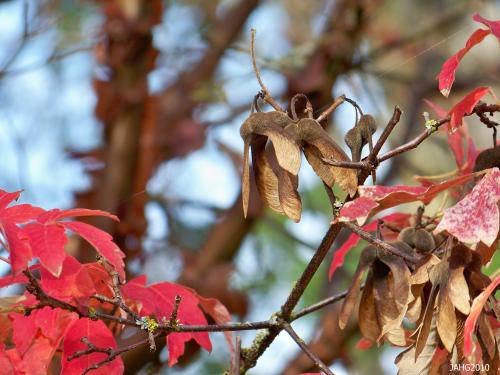
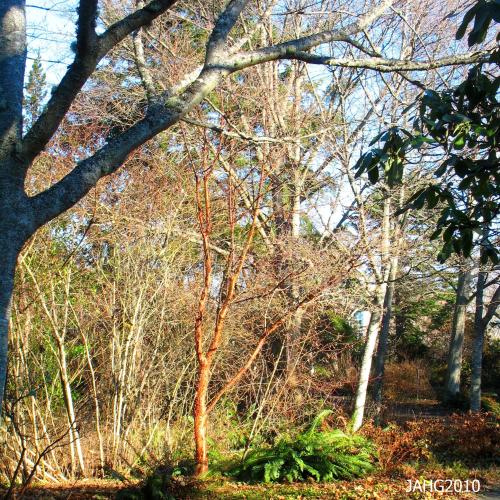
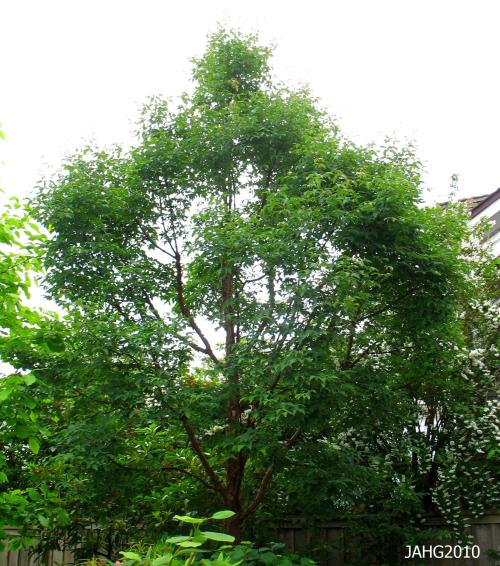
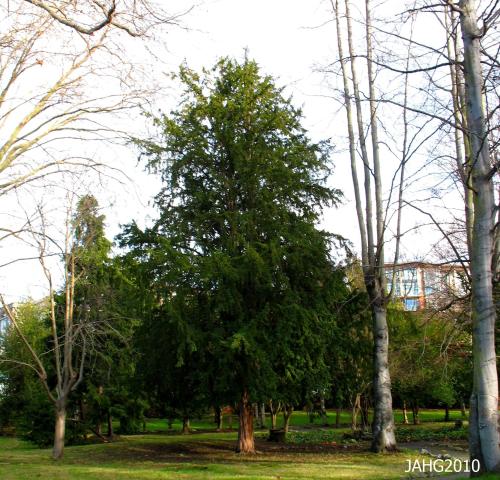
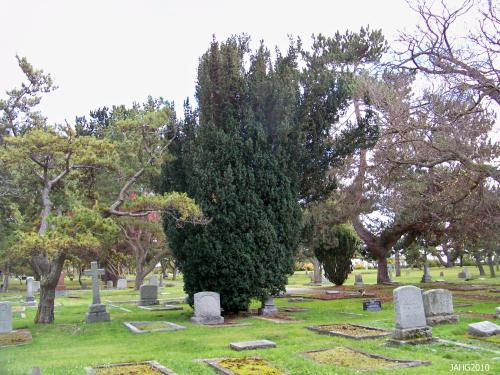
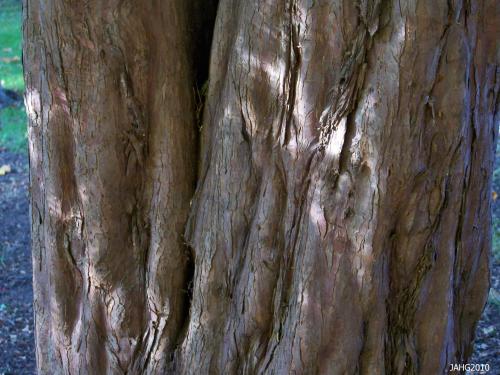
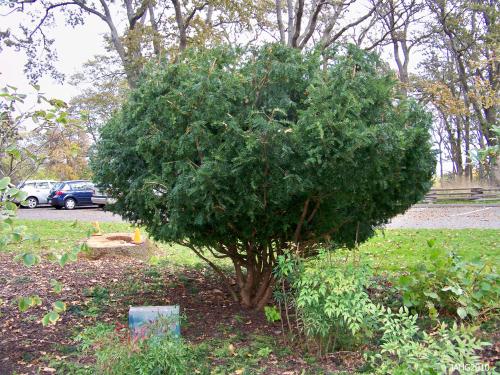
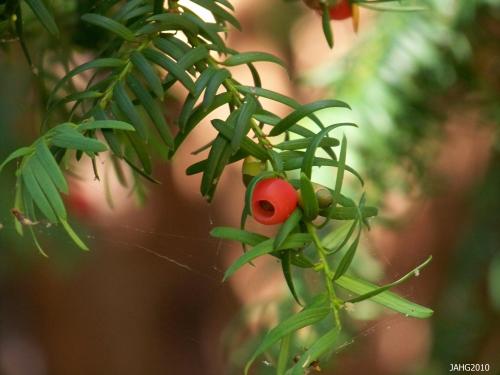
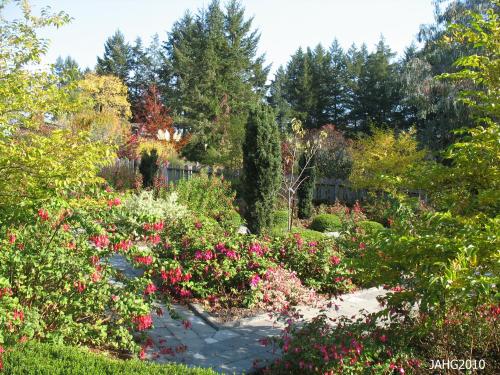
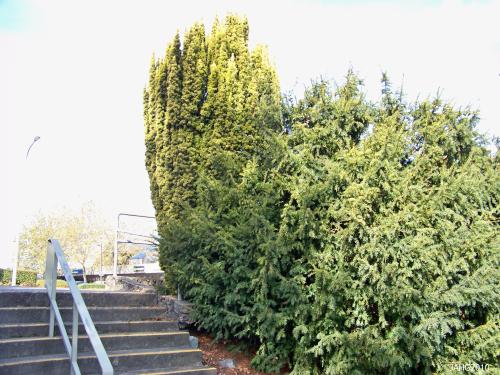
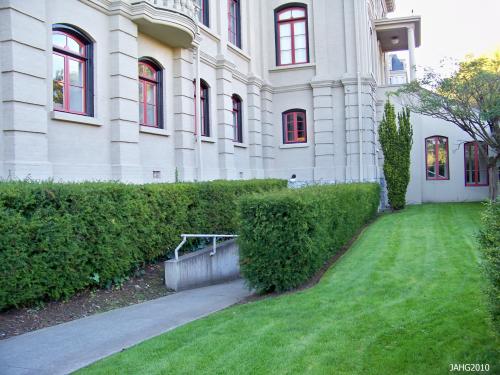
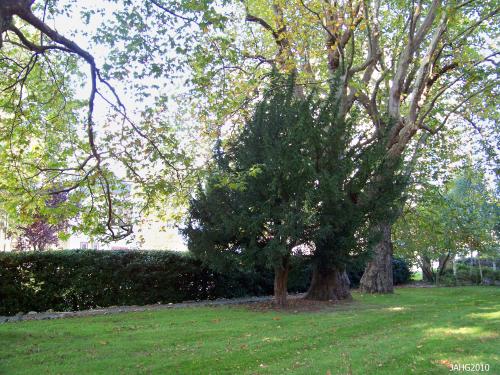

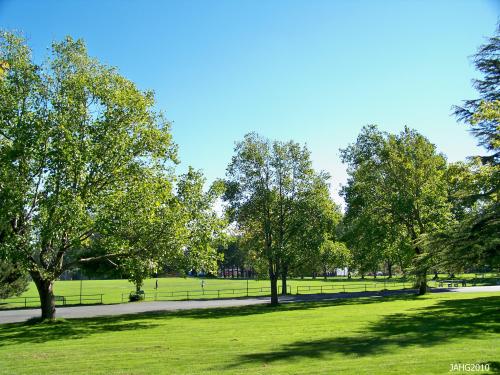
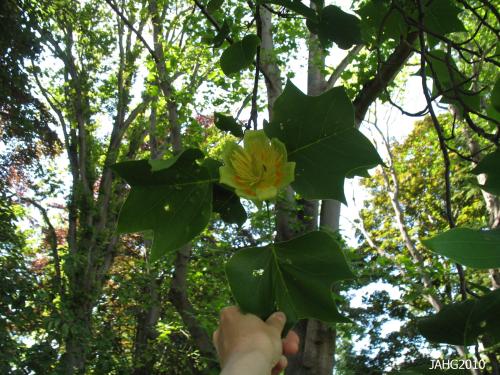
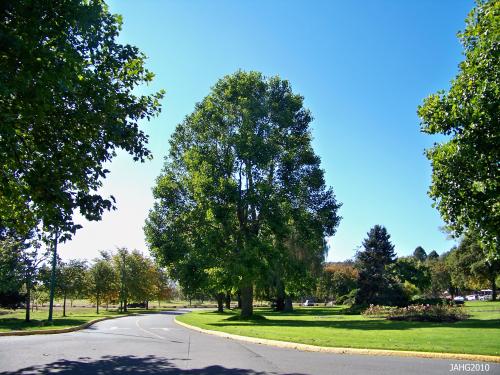
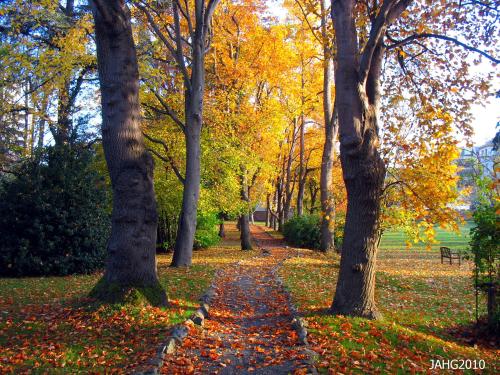
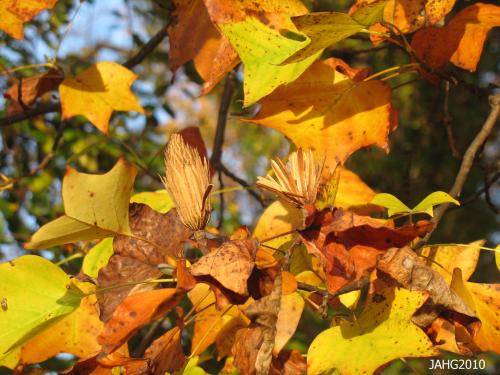
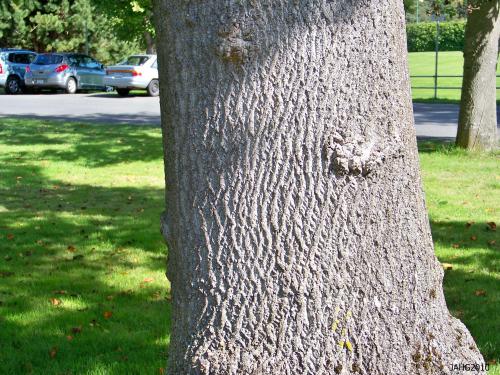
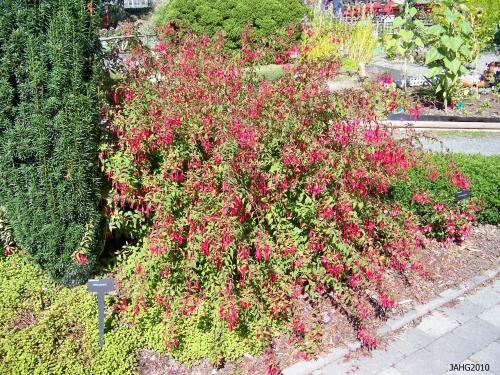
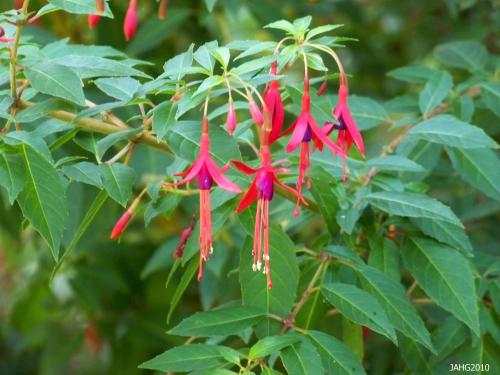
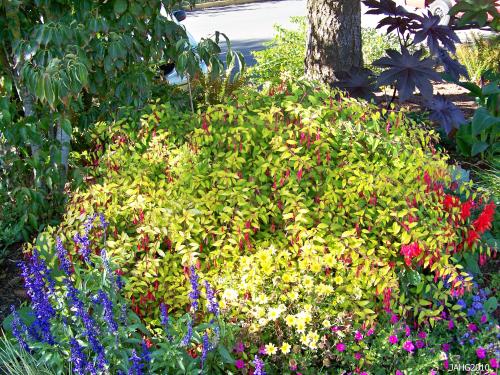
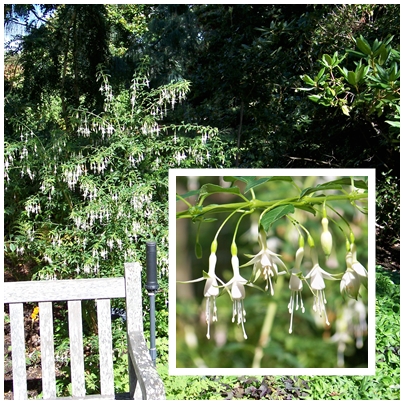
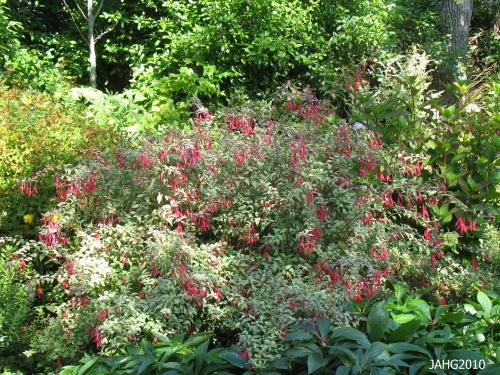
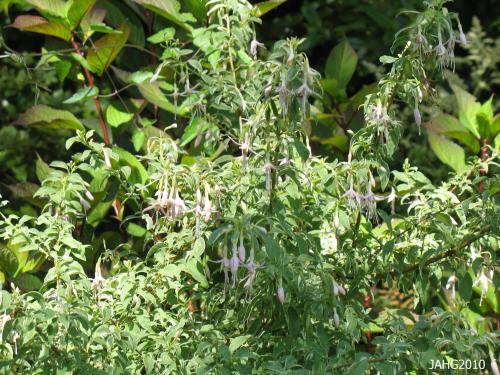
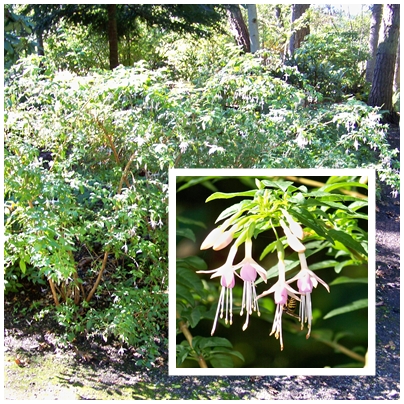
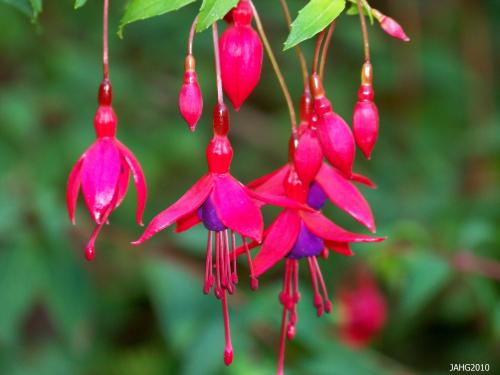

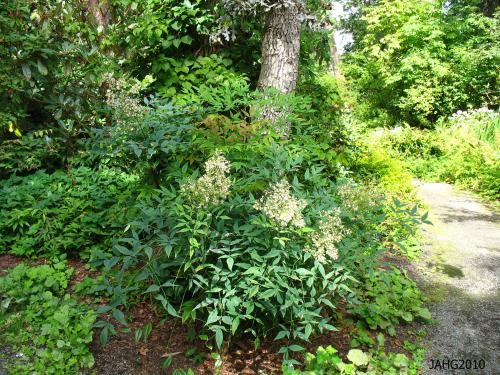
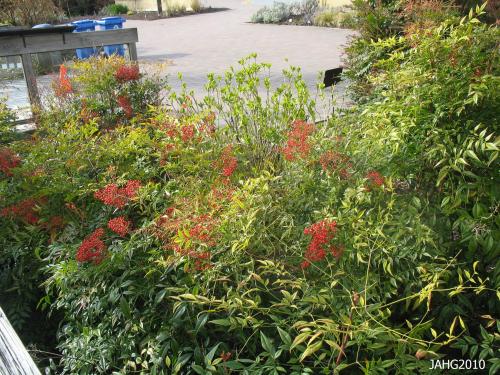
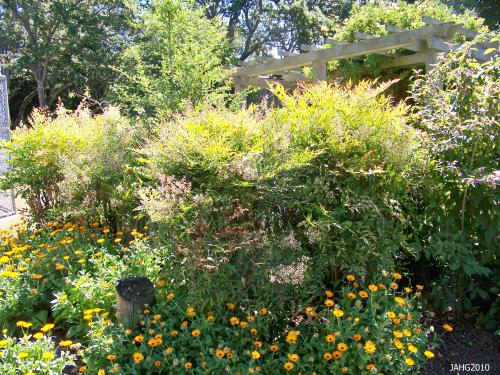
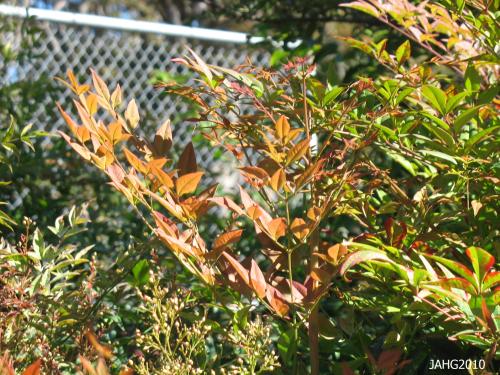
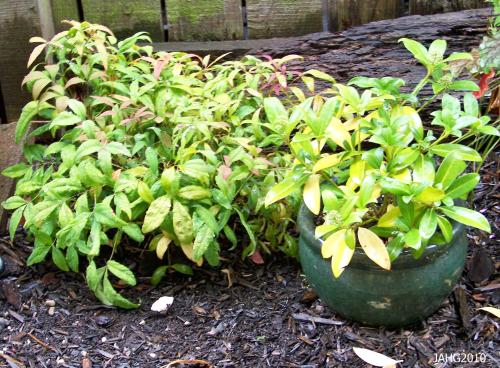
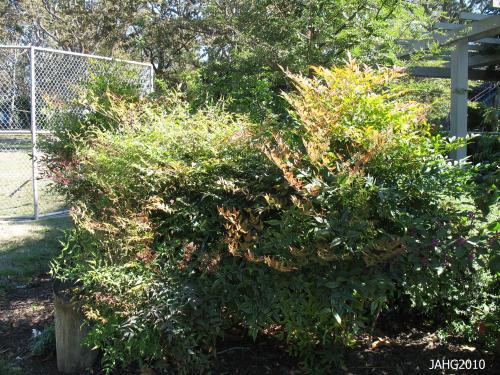
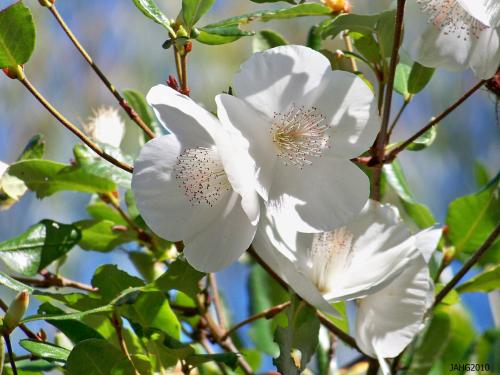
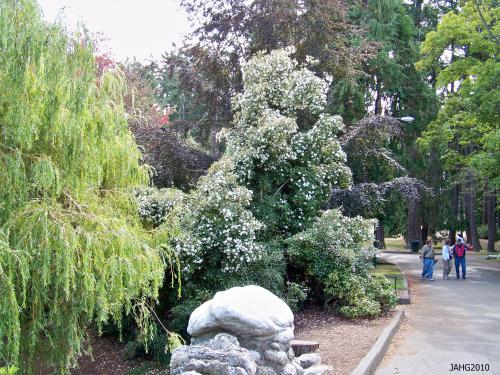
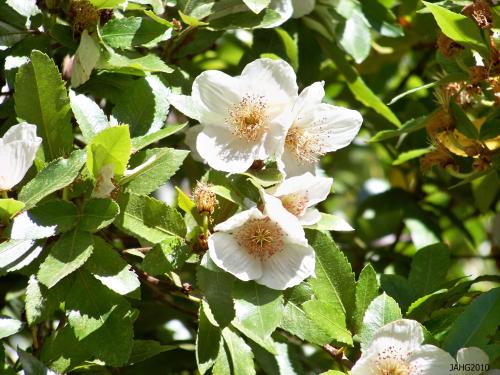
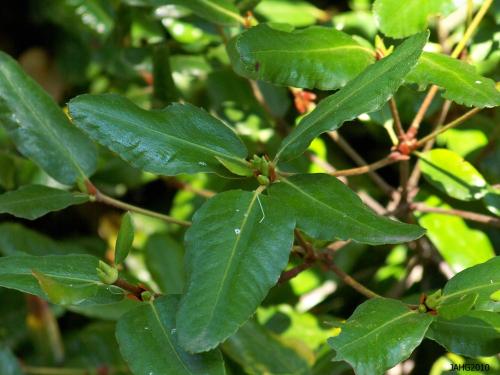
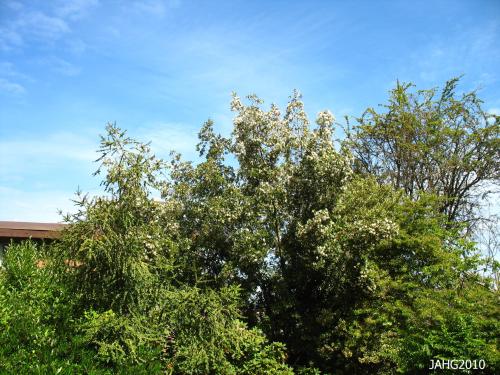
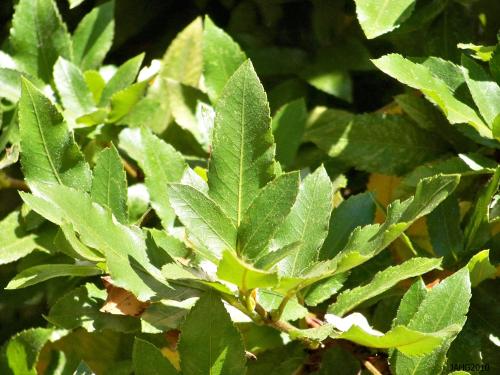
 Stumble It!
Stumble It!






